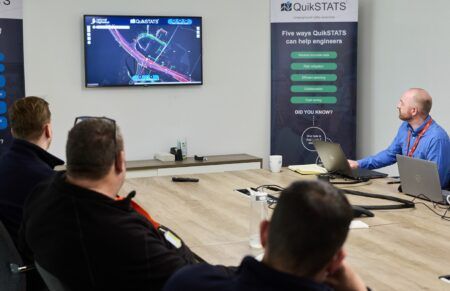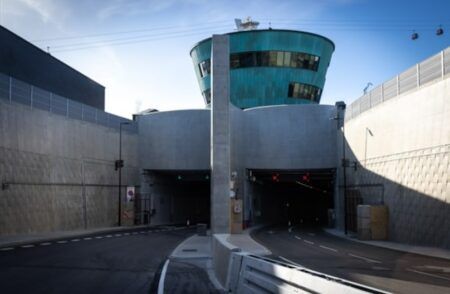The USDOT’s Federal Highway Administration (FHWA) has today (April 13, 2023) announced nearly $300 million for nine small and medium-sized bridge projects in both rural and urban areas in eight states and the District of Columbia.
Vice President Kamala Harris will announce the grants, which come from the Bipartisan Infrastructure Law’s Bridge Investment Program, at the Arland D Williams Jr Memorial Bridge Washington, DC, that will be rehabilitated a result of this funding. Meanwhile Transportation Secretary Pete Buttigieg and other senior Biden-Harris Administration officials will be fanning out across the country to highlight additional projects receiving grant funds today.
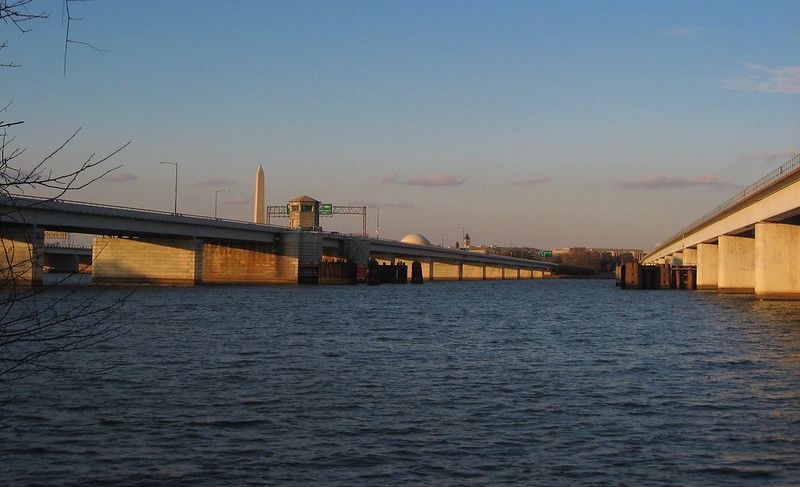
“When bridges have to close for repairs – or worse, begin to fail – it can cut off access to an entire community, adding hours to commutes, costing money for local businesses, and delaying first responders from getting to an emergency,” says Buttigieg. “The grant awards we’re announcing today are helping communities of all sizes modernize their bridges so that school buses, delivery trucks, ambulances, and commuters can get where they need to go quickly and safely.”
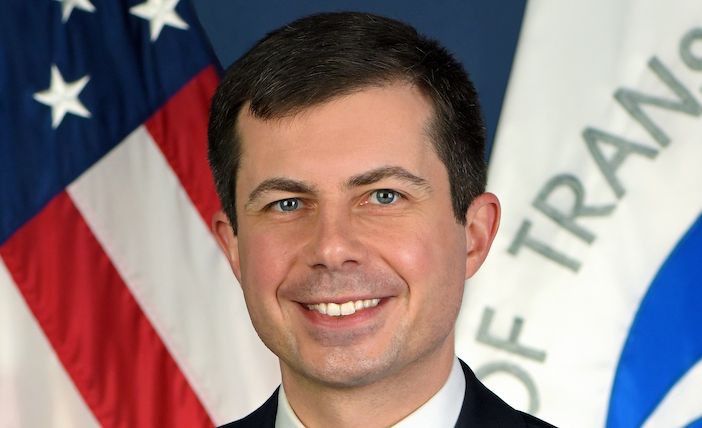
The nearly $300 million investment announced today will fund the repair, rehabilitation, and/or replacement of the following nine bridge projects:
California: City of San Diego – Palm Avenue/Interstate 805 Bridge – $24 million – Bridge rehabilitation and preservation for the 50-year-old Palm Avenue overcrossing bridge in San Diego. This bridge is a key connector for the Otay-Mesa-Nestor community and is only a few miles from the U.S.-Mexico border. An estimated 38,160 vehicles per day cross this bridge every day and this project will reduce traffic delays and increase freight movement, while reducing long-term maintenance costs. The project sponsors estimate this project will create over $30 million in benefits from reduced congestion and traffic delays.
Michigan: Michigan Department of Transportation – Lafayette Bascule Bridge – $73 million – Replacement of the 85-year-old, bascule-style Lafayette Avenue Bridge over the Saginaw River with a new bascule bridge. This bridge is an important link in the transportation network for Michigan’s Great Lakes Bay Region. An estimated 16,000 vehicles cross this bridge every day and project sponsors project tens of millions of dollars in costs savings associated with shorter travel time and safety benefits.
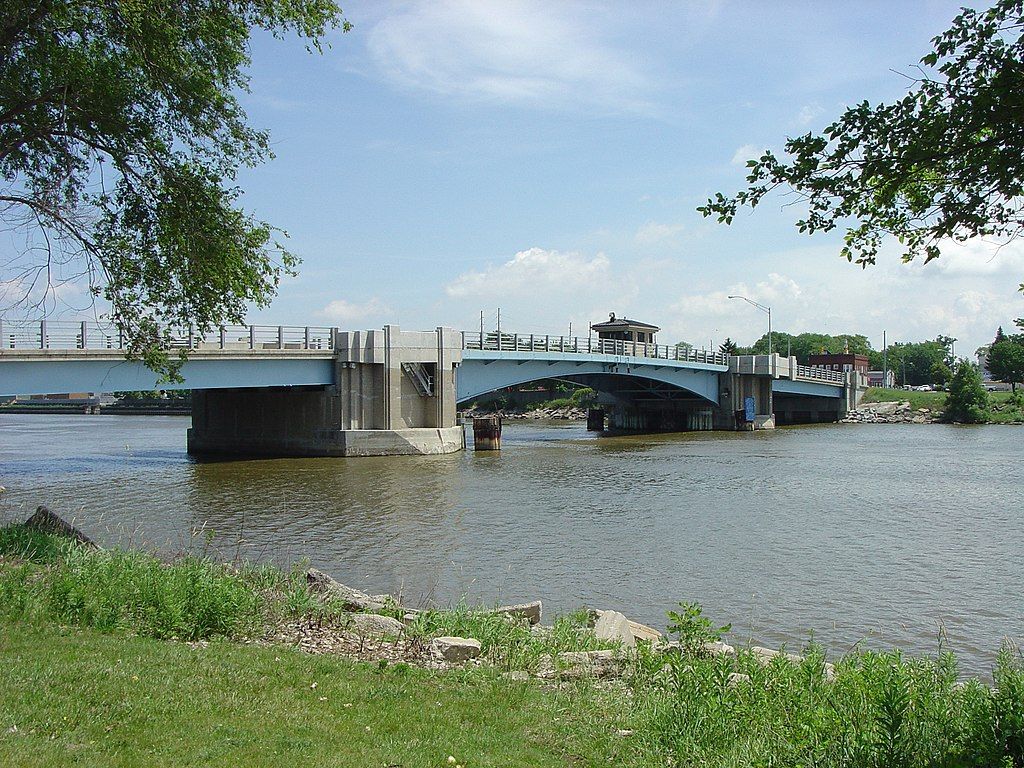
New York: New York State Thruway Authority – Castleton-on-Hudson Bridge – $21 million (Rural) – Rehabilitation of the Berkshire Spur of the New York Thruway, which connects I-87 in Albany County to the New York State/Massachusetts State line. An estimated 17,000 vehicles cross this bridge every day and project sponsors estimate a reduction of $13.5 million in maintenance costs and a reduction of $8.8 million in travel time costs.
Oklahoma: Circuit Engineering District 8 – Improving Rural Bridges in Northwest Oklahoma– $11.5 million (Rural) – Replacement of seven bridges would benefit economic growth, the mobility of people and goods, and transportation-network efficiency and accessibility. Nearly 3,000 vehicles cross these bridges every day and the project will improve reliability and capacity of the bridges for the region’s farmers, ranchers, and energy workers.
Oregon: Portland Bureau of Transportation – Burgard Bridge – $13.9 million – Replacement of the existing 93-year-old viaduct over the Union Pacific Railroad in the St. Johns neighborhood of Portland. This project will provide an essential connection between the North Portland peninsula and other areas of the city. Over 8,000 vehicles cross this bridge every day and project sponsors estimate millions of dollars in costs savings related to travel time and vehicle operating costs.
South Carolina: South Carolina Department of Transportation – Investing in South Carolina’s Rural Bridges – $51.2 million (Rural) – Replacement of six bridges that range from 68 to 101 years old. These bridges serve multiple communities that heavily rely on them to travel to work and school, as well as to transport goods across the state and region. An estimated 13,000 vehicles cross these bridges every day. Without the project, the project sponsors say these bridges will all eventually close to traffic, causing vehicles to take long detours that would result in increased costs.
Texas: Texas Department of Transportation – US-59 San Antonio River Bridge – $14 million (Rural) – Replacement of the U.S. Highway 59 bridge over the San Antonio River, which is located fewer than 70 miles from three key water ports (the Port of Corpus Christi, Calhoun Port Authority, and Port of Victoria) and within 150 miles of Port Laredo, the country’s largest inland port along the U.S./Mexico border. Over 4,200 vehicles cross this bridge every day and project sponsors estimate that without this investment, the bridge would need to be closed for at least 9 months, resulting in traffic taking a nearly 50-mile detour. This project is estimated to save millions of dollars through reduced travel time and add significant safety benefits.
Washington, D.C.: District Department of Transportation – Arland D. Williams Jr. Memorial Bridge – $72 million – Rehabilitation of the northbound I-395 bridge, also known as the Arland D. Williams Jr. Memorial Bridge. This is a four-lane, nearly half-mile bridge that carries people and goods from Arlington, Virginia, over the Potomac River to Washington, D.C. Over 88,000 vehicles cross this bridge every day and project sponsors estimate that this project will save millions of dollars in reduced maintenance costs, while improving travel times and safety for users.
Wisconsin: City of Madison – John Nolen Drive Bridges – $15.1million– Replacement of six off-system bridges along the John Nolen Drive Causeway, which is a major artery that travels across Lake Monona and into downtown Madison. 45,000 vehicles drive across these bridges every day, and project sponsors estimate the community will save tens of millions from more efficient travel, while realizing safety benefits and increased property value.
These competitive grants are limited to bridge projects with eligible costs of up to $100 million. Today’s announcement follows earlier announcements under the Bridge Investment Program umbrella:
- In October 2022, FHWA announced $20 million in bridge-planning grants for 24 projects in 24 states. Those grants were designed to create a pipeline of construction-ready bridge projects that are now in the early stages of project development.
- In January 2023, FHWA announced $2.1 billion in large-bridge project grants to make critical improvements to four nationally significant bridges that serve as a vital link for local residents, communities, and both the regional and national economy. In addition to the four FY22 Large Bridge Project Grants, FHWA also announced an additional Bridge Planning grant to the U.S. Army Corps of Engineers in the amount of $1.6 million to advance critical planning work in support of replacement of the Bourne and Sagamore Bridges over the Cape Cod Canal.
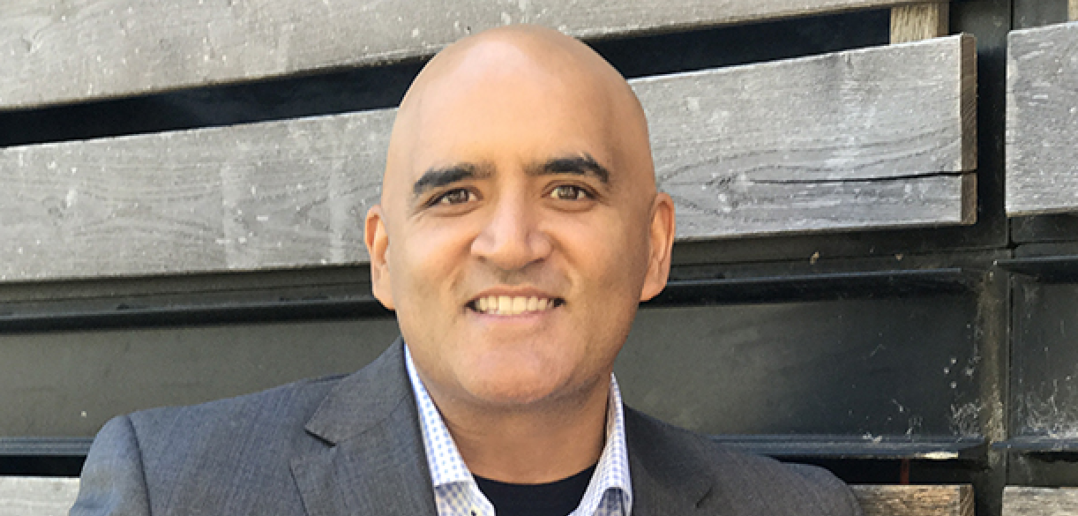
“Bridges tie together communities across our country – large and small,” said Federal Highway Administrator Shailen Bhatt. “Over the next five years, the Bridge Investment Program will help repair, replace, and rehabilitate structures that allow working people to get to their jobs, families to get their kids to school, and truck drivers to get goods to store shelves. That is an investment in our country’s economic strength and in the safety and long-term growth of the communities nearby.”
The Bridge Investment Program is a competitive grant program that will invest $12.5 billion over five years to rebuild, repair, and replace small, medium, and large bridges. This program already invested $2.4 billion in Fiscal Year 2022, and complements the $27.5-billion Bridge Formula Program, representing the single-largest dedicated investment in bridges since the construction of the Interstate Highway System.
President Biden’s Investing in America agenda is growing the American economy from the bottom up and middle-out, not top-down – from rebuilding our nation’s infrastructure, to creating a manufacturing and innovation boom powered by good-paying jobs that don’t require a four-year degree, to building a clean-energy economy that will combat climate change and make our communities safer and more resilient.
For more information on the Bridge Investment Program, please visit the FHWA’s Bridge Investment Program webpage.
Photographs: Jim Evans, Mrs Gemstone, Sanibel Sun, ITS America, USDOT




